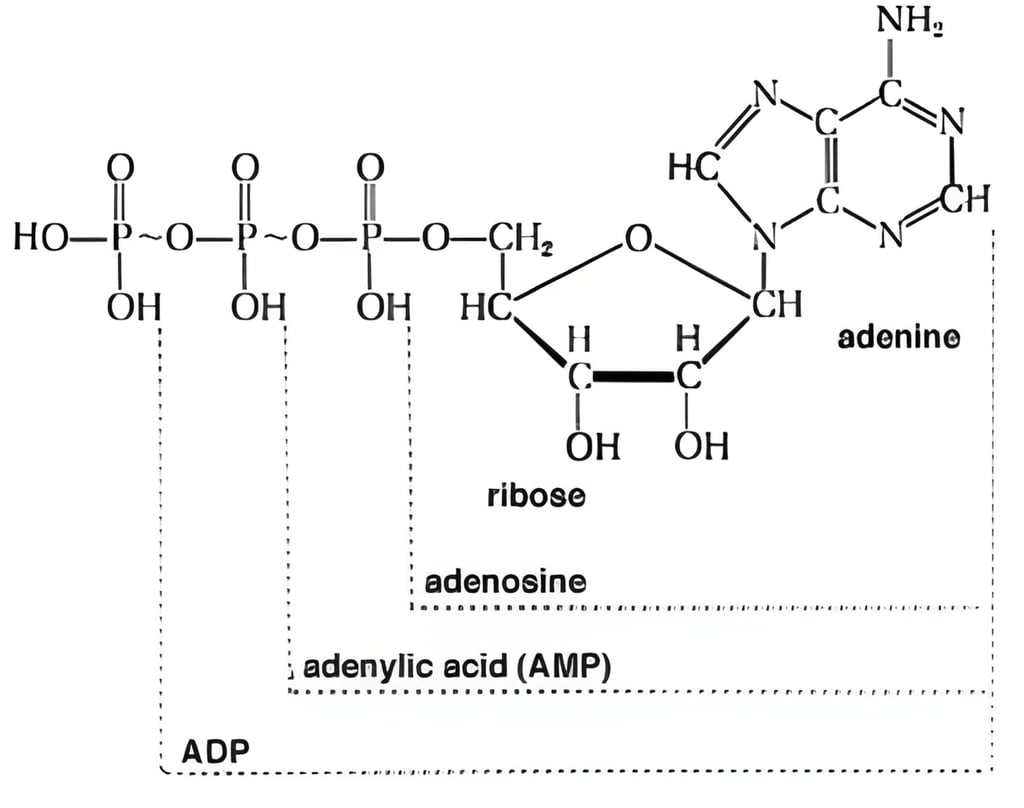Adenine, Adenosine, and Sleep
Differences between Adenine and Adenosine and How Adenosine affects our sleep
STUDY NOTES
1/14/20241 min read


Adenine
Adenine is one of the four nucleobases that make up the building blocks of DNA and RNA. It is a nitrogenous base that pairs with thymine in DNA and with uracil in RNA. This pairing is crucial for the replication and transcription of genetic information, making adenine an essential component of our genetic material.
Beyond its role in DNA and RNA, adenine is also involved in various biological processes. It is a key component of adenosine triphosphate (ATP), the primary energy currency of cells. Adenine nucleotides, such as ATP, are involved in cellular processes like metabolism, signal transduction, and muscle contraction. Additionally, adenine derivatives like cyclic adenosine monophosphate (cAMP) act as secondary messengers in intracellular signaling pathways.
Adenine has a chemical formula of C5H5N5 and consists of a six-membered ring fused with a five-membered ring. It is a purine base, characterized by its double-ring structure. Adenine's unique structure allows it to form hydrogen bonds with other nucleobases, enabling the stable and precise pairing necessary for DNA replication and transcription.
Adenosine
Adenosine is a nucleoside derived from adenine and ribose, a sugar molecule. It serves as a signaling molecule in the body, regulating various physiological processes, including sleep. Adenosine levels in the brain increase during wakefulness and decrease during sleep. This build-up of adenosine during wakefulness contributes to the homeostatic sleep drive, promoting the need for sleep.
